“He knew there would be a fallout from covering the story, but told us to run it anyway,” Brechlin said.
After the story was published that detailed the alleged violations and the allegations against the bank, Brechlin was paid a visit at his office by an FBI agent. He was asked where Brechlin had obtained his information, but Brechlin refused to tell the agent. Brechlin had promised his sources that he would not reveal their identities and, fortunately, he didn’t have to.
“I guess they had plenty else to do, because they never bothered us again,” Brechlin said.
A couple of months into covering the story, with concerns about a conflict of interest and for his personal safety, Brechlin closed his multiple accounts with the bank.
“My checking account, my savings account, my mortgage were in that bank. So, while I’m writing about this, they can see my whole life,” Brechlin said. “So, I actually moved my accounts. I took about a 3 percent hit to my mortgage because I redid it at another bank with a higher rate just so I didn’t have any involvement with them.”
Brechlin covered the story for a year and a half, and he was greeted with anger from the bank’s executives.
“There was plenty of intimidation that there would be hell to pay (for) this stuff,” Brechlin said.
Members of the bank’s board of directors called the newspaper and complained about the stories.
“I wasn’t privy to the conversations, but I’m sure they had something to do with financial impact if we continued to pursue the story,” he said.
The Bar Harbor Times did take a substantial financial hit bringing the story to readers.
“The board of directors of the bank are business owners throughout the community. So, not only did the bank pull its advertising because of our stories, but so did other businesses in solidarity, including our largest advertiser (Shop & Save, which had a full-page ad in the Times),” Brechlin said.
Competing banks pulled their advertising too.
“It wasn’t to punish us, but they didn’t want to look like they were kicking a guy while he’s down,” Brechlin said.
The Bar Harbor Times saw a 10 to 15 percent revenue decrease for a couple of months, but fortunately the paper could afford it at the time, Brechlin said.
Brechlin was also treated with hostility by some members of the community.
“I didn’t receive any direct threats. Certainly I could walk in the grocery store and feel the darts in my back sometimes,” Brechlin said.
“There were different points in the story where I looked both ways before crossing the street,” Brechlin said with a chuckle.
Brechlin said being targeted for his work wasn’t new to him.
“Over the years in a small town I’ve had my storage shed torched, tires slashed, windows smashed and cameras stolen,” Brechlin said.
Although there were members of the community who were closely associated with those implicated in the investigations who were upset with Brechlin’s reporting of it, there were also people in the community who were grateful and appreciated the lengths to which he went to cover the story, Brechlin said.
When it came time for the trials of those charged as a result of the investigation, other reporters at the paper took over.
According to a 1996 story by the Bangor (Maine) Daily News, the bank, in a settlement with the federal government, had to pay a $1-million fine and the bank’s president of seven years, Frank G. Bean III, had to resign. Nearly all of the bank’s board members, many of whom individually paid $1,000 fines, also had to resign. Some past employees of the bank also had to pay $1,000 fines. One bank employee, a loan processor, went to jail, Brechlin said.
Brechlin doesn’t regret the role he played in exposing the bank’s misconduct.
“For me, the ethical ramifications of it was that the people that ran that bank made decisions about the health of the bank, about the ethics of the bank, and they were investing their money, but the public didn’t know that information. It wasn’t fair that only the insiders at the bank knew whether or not it was smart to bank there or that they only got the sweetheart deals,” Brechlin said. “ … I think it was a learning experience for everybody … There hasn’t been something like this since.
“What happened is people at the bank were making financial decisions with that information in mind, but the public was denied that information, so if you were trying to decide, ‘What bank should I put my savings account in, or my checking account in? Where should I get a mortgage from?’ then you might want to know whether the place is being run right or not,” Brechlin said.



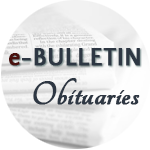
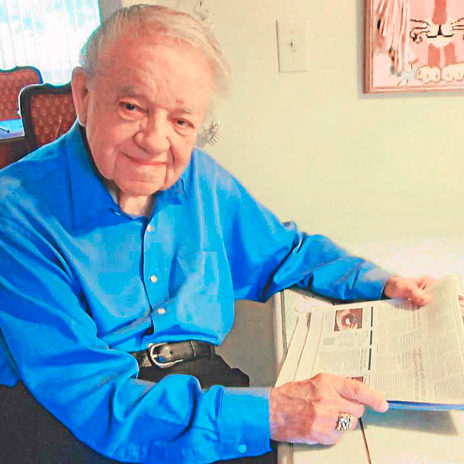
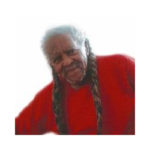
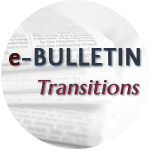
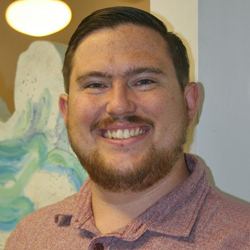






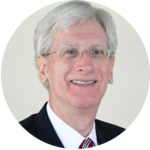
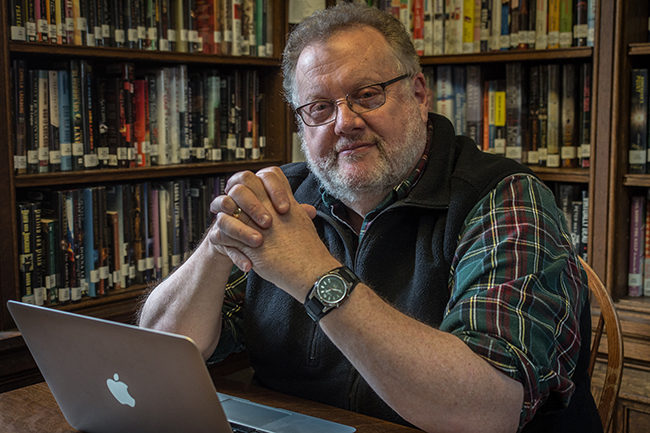

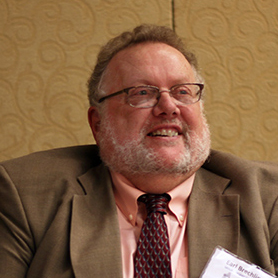
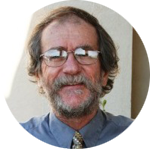

Montana millionaire charged with journalist assault – and headed for Congress?
Gene Policinski
Inside the First Amendment
Gene Policinski is chief operating officer of the Newseum Institute and senior vice president of the Institute’s First Amendment Center. He can be reached at gpolicinski@newseum.org.
Follow him on Twitter:
@genefac
Sadly, shamefully, disgustingly, it has come to this: A Montana candidate for Congress was charged recently with assaulting a reporter who was asking him a question about the American Health Care Act.
The Bozeman Daily Chronicle reported that U.S. House candidate Greg Gianforte, a Republican, was charged with misdemeanor assault for what witnesses and the reporter involved said was an unwarranted attack.
Ben Jacobs of The Guardian, who has reported for weeks on the state’s close race for its only House seat, tweeted that “Greg Gianforte just body slammed me and broke my glasses.”
Gianforte’s campaign issued its own statement, claiming Jacobs had entered an office where a TV taping was being set up, “aggressively shoved a recorder in Greg’s face, and began asking badgering questions.” The statement claimed that both men fell to the floor in a struggle over Jacob’s cellphone, and that “this aggressive behavior from a liberal journalist created this scene.”
Too bad for that set of “alternative facts” that several witnesses — including a Fox News television crew — were on hand to dispute them.
A Fox News reporter wrote that “Gianforte grabbed Jacobs by the neck with both hands and slammed him into the ground behind him … I watched in disbelief as Gianforte then began punching the man, as he moved on top of the reporter and began yelling something to the effect of ‘I’m sick and tired of this!’”
Three of Montana’s major newspapers, The Billings Gazette, The Missoulian and The Helena Independent Record, quickly got “sick and tired” of Gianforte: By the morning after the incident, on the day of the state’s special congressional election, all three rescinded their endorsements of the GOP candidate.
We all should be “sick and tired” of attacks on journalists in recent weeks, from this Montana mess to a “manhandling” of a reporter by security guards after an FCC hearing, to the arrest of a public radio reporter in the West Virginia statehouse.
The incidents have much in common: The journalists were asking questions of public officials or candidates for office, outside the staged, controlled environments of news conferences. In each case, the journalists were labeled aggressors by those they were attempting to question.
Many defenders of a free press see all three incidents flowing from the stridently anti-press tone set by President Trump, both in office and on the campaign trail. He has called journalists “enemies of the people,” and on occasion verbally abused specific reporters at rallies and news conferences. The Gianforte account took pains to label Jacobs as a “liberal journalist,” continuing the candidate’s anti-press stance through a campaign that has drawn comparisons to Trump’s. In an effort to give Gianforte a boost in Montana’s close congressional race, Trump recorded a robocall in which he calls Gianforte “my good friend.”
For those who are more inclined to view politics as an opportunity for mud-slinging and chest-beating, rather than a spirited exchange of ideas, the Montana attack no doubt will produce appreciative chuckles and nods of endorsement.
Do not be fooled. It’s democracy that got “body slammed” in the Montana incident. It’s respect for the rule of law that was dealt a blow. It’s the First Amendment that was insulted by Gianforte’s attempt to justify what he did: attacking a reporter for asking a reasonable question, on a matter of great public interest, to a political candidate on the eve of an important election.
This recent spate of attacks is not the first time journalists have been hassled by thugs and bully-boys, or by security forces. Multiple attacks and beatings occurred as reporters and television correspondents covered the civil rights movement in the 1950s and ’60s. Reporters covering the “Occupy” movement in recent years were hustled aside or held by police looking to prevent news coverage of protesters being forcibly removed from parks in New York City and elsewhere.
At national political conventions, journalist arrests have become so common that national press organizations regularly set up phone banks and offices to help individual reporters who have been taken into custody without cause.
Dangers to a free press have deep roots in this country. Just seven years after the 1791 ratification of the Bill of Rights, Congress passed the Sedition Act, allowing for the arrest and jailing of journalists for publishing political criticism. About 20 editors were thrown into jail.
In the Newseum in Washington, D.C., where I work, there is the starkly tragic exhibit of a lone Datsun sedan — notable because the floorboards at the driver’s seat are peeled up, the result of an explosion that fatally injured Phoenix newspaper reporter Don Bolles in 1976. A remotely detonated bomb had been planted by mobsters seeking to stop Bolles from reporting on organized crime in Arizona. The attack had the opposite effect, as reporters nationwide flocked to Phoenix to complete Bolles’ work, proclaiming that “you can kill a journalist but not journalism.”
The fear is now real that — as we saw after fake reports of a child sex ring in a Washington, D.C., restaurant prompted an armed man to appear on the premises — some disturbed person will decide to counter reporters with more than a “body slam.”
Let’s say again, for the sake of the nonpartisan, nonpolitical 45 words of the First Amendment, that this pattern of verbal abuse and physical attacks on journalists is an attack on all Americans, and that that these attacks must stop.